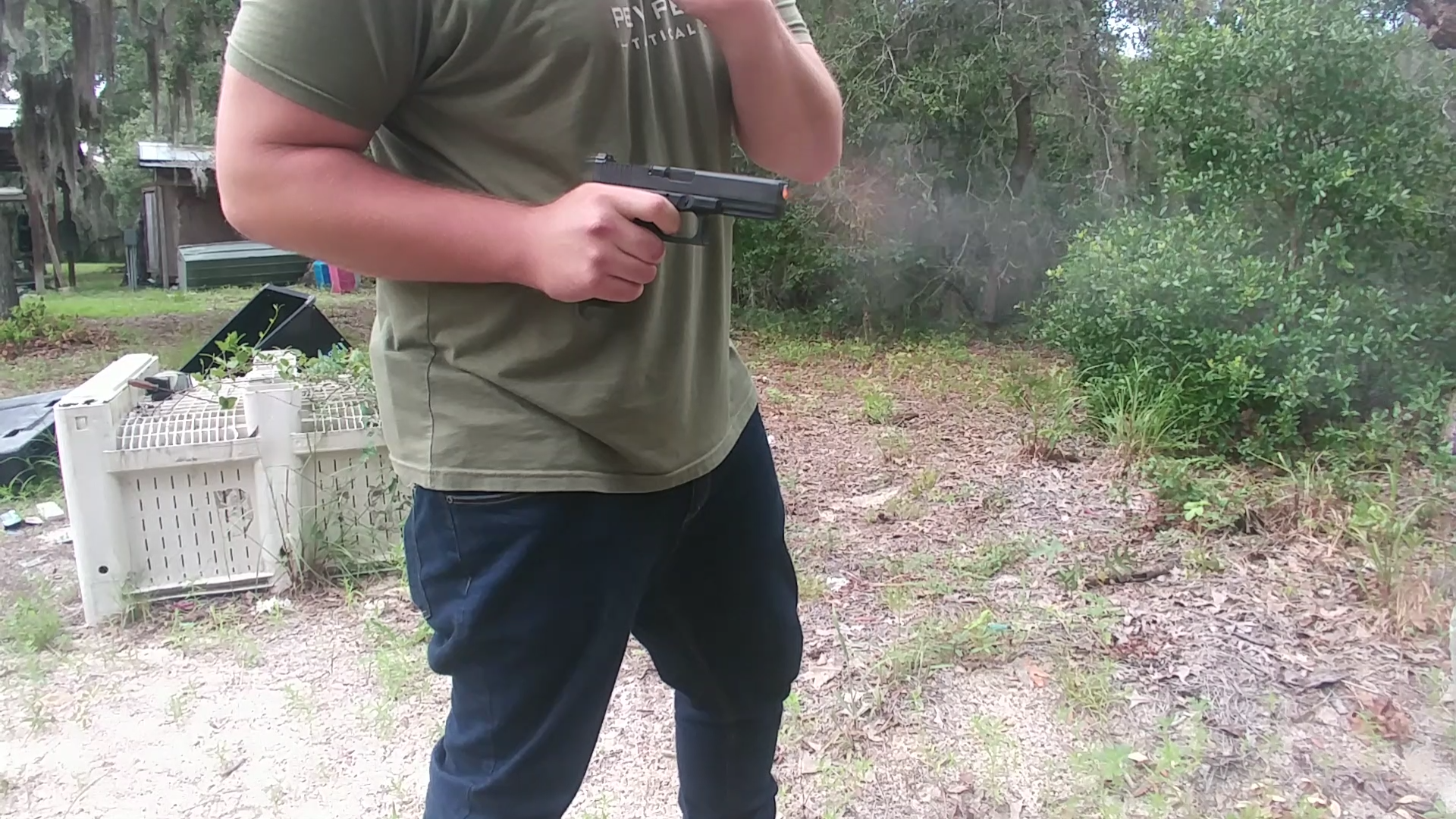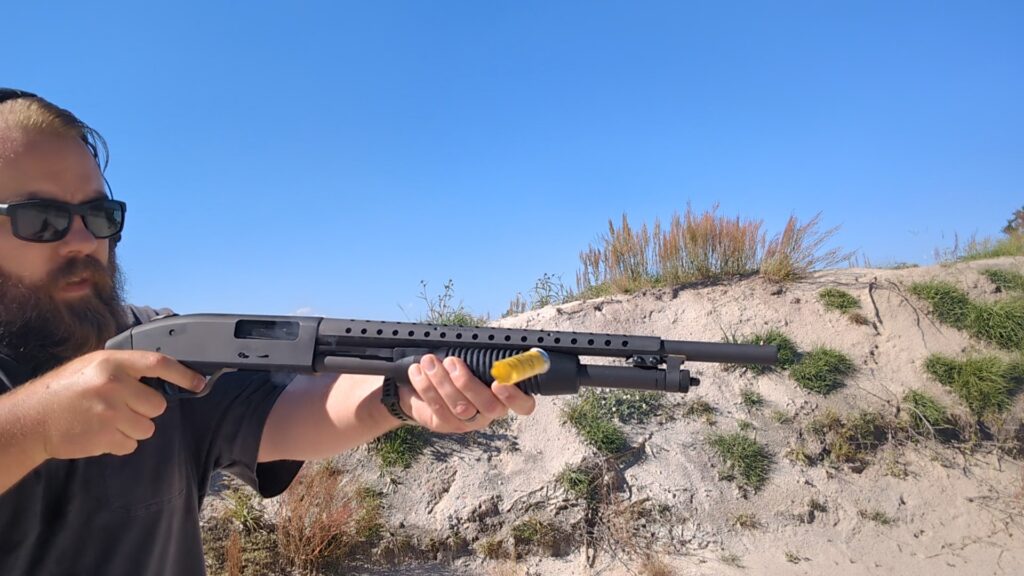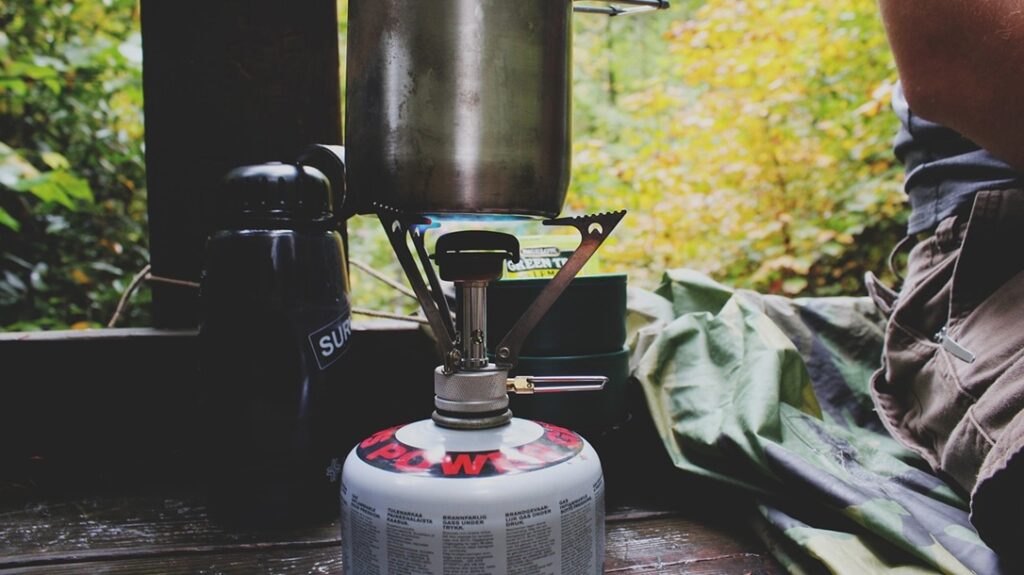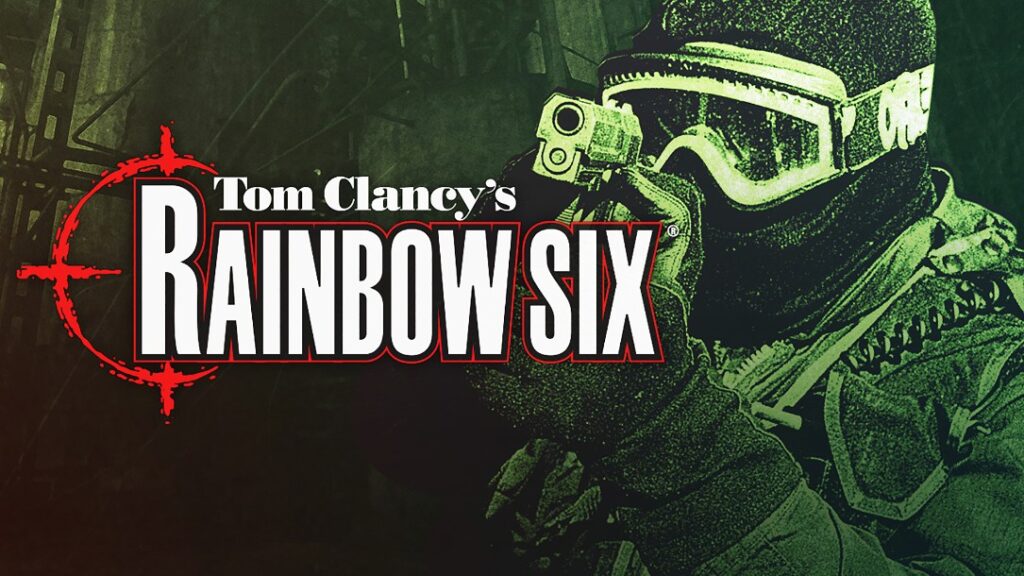Close retention is a non-standard technique that has you firing the gun from close to the body. You are not using the sights on your weapon, and are essentially hip shooting. This technique requires additional safety precautions as it is more advanced than standard. Firing from close retention is a close quarter’s shooting tactic used for threats within or nearly within arms reach.
When Would you Shoot from Close Retention?
Firing from close retention is done in close quarter’s situations. When attackers are within five yards. Hopefully, you can create more distant than that, but stuff happens and the likelihood of closer shoots is higher than distant ones. There are two main reasons to use this technique.

Advertisement — Continue Reading Below
First, it’s called close retention for a reason. You want to keep the gun close to the body to prevent your threat from taking it from you. If it’s held close to the body where you can protect it it’s much harder to grab.
The second reason is speed. You can draw and ready the gun to fire from close retention faster than getting the gun in a proper firing stance.
How to Do So Safely
Firing close retention starts with the draw. If someone is right on top of you, you’ll need to make sure that draw is done fast, and with a great deal of confidence. When I draw a gun, I do an elbow up / elbow down technique. When I grip my weapon I pull my elbow up until the gun clears the holster, then I drive my elbow down. Driving my elbow down brings my gun upwards.
Advertisement — Continue Reading Below
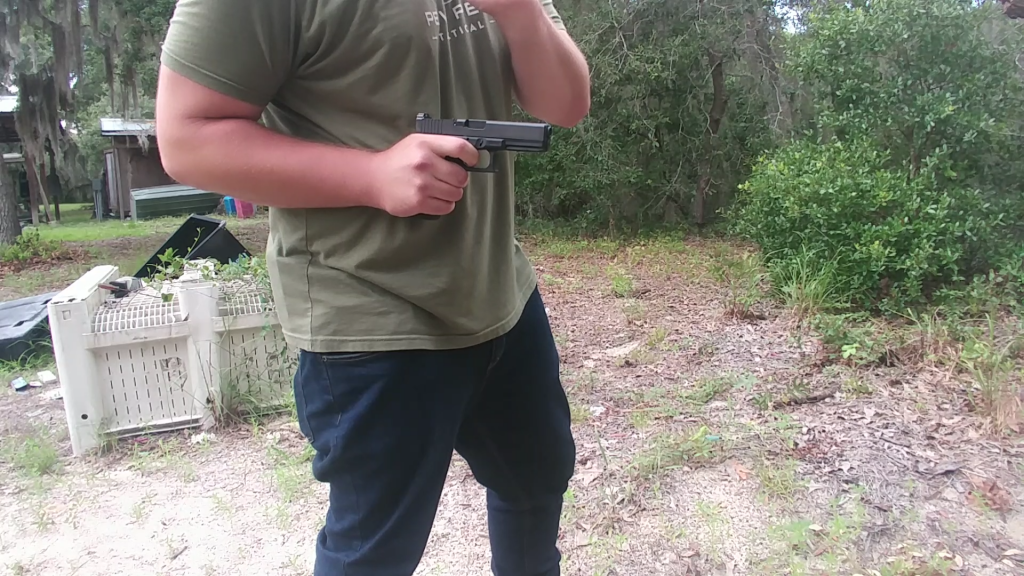
I use this technique for every draw I do, but have found it to be perfect for my style of close retention shooting. As I drive my elbow downwards, I lock it to my body. I pull it in hard enough that it functionally becomes part of my torso. Holding the gun against my torso gives me a fantastic amount of control over the weapon. I keep the muscles nice and tight. The gun is just forward of my body to avoid hitting my clothes and causing a malfunction.
I also do not tilt the gun in a direction. I feel this allows recoil to pull me off target. Straight up and down is easier to control in my experience.
Advertisement — Continue Reading Below
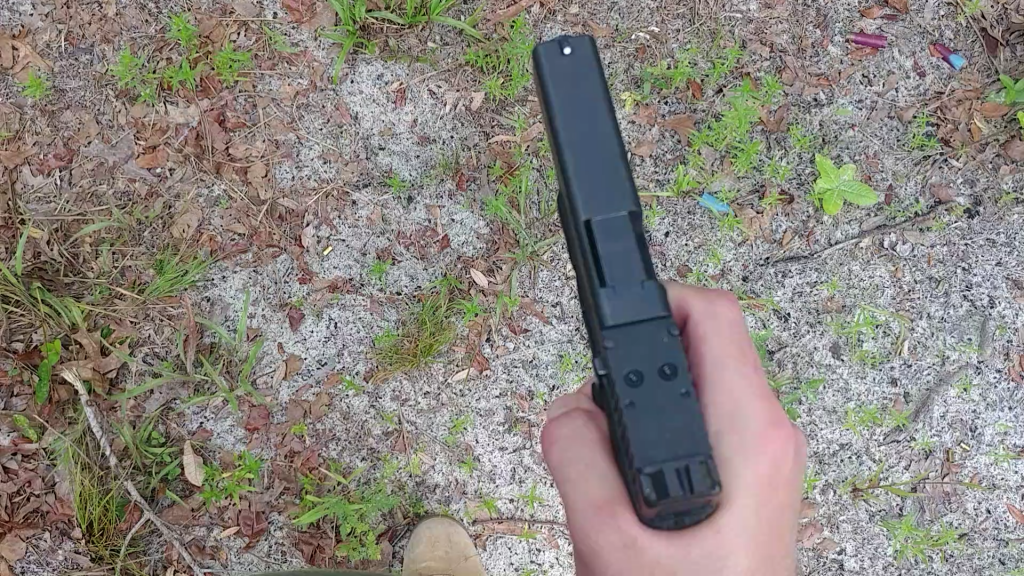
I hold the weapon straight up and down and try my to get the gun right under my head. The reason being is now my arm, torso, and head are locked on a target. If I rotate my head, I rotate my torso and gun with it. This rigid structure provides control and allows me to aim the weapon with a fair amount of accuracy.
Advertisement — Continue Reading Below
Blocking Brass
My nondominant hand is held above my gun slightly. This serves two purposes. First, it keeps the brass from being flung into my face as I fire. Second, it makes sure I’m not putting my hand in front of my muzzle.
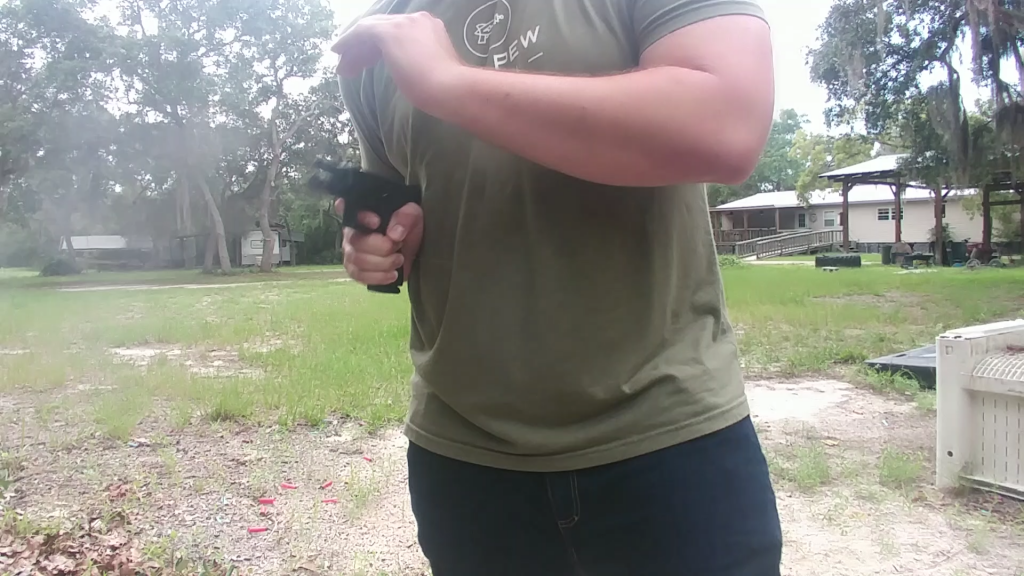
Once I start shooting I’m not trying to be super precise. I need rounds on target. Once I get rounds on target, and I’ve halted my attacker’s momentum, I can extend into a proper firing stance and focus more on shot placement and you can create distance and reassess the situation.
Advertisement — Continue Reading Below
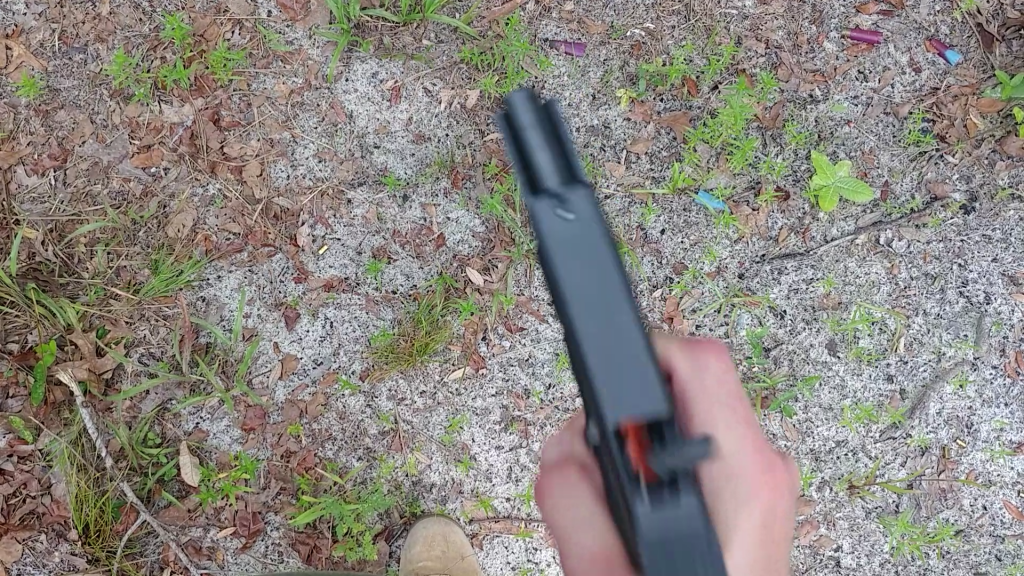
When practicing take your time, slow down, and do it over and over until you have the fundamentals down. Once you can consistently
The End All Be All?
This is just one close retention technique that I use. It’s not the only technique out there, and it may not be the best for you. I have found it to be the best mixture of control, accuracy, and safety for me. Close retention is a very specific technique for specific situations but its one I like keeping in my toolbox as essential and life saving. Give it a try(safely).
Advertisement — Continue Reading Below
